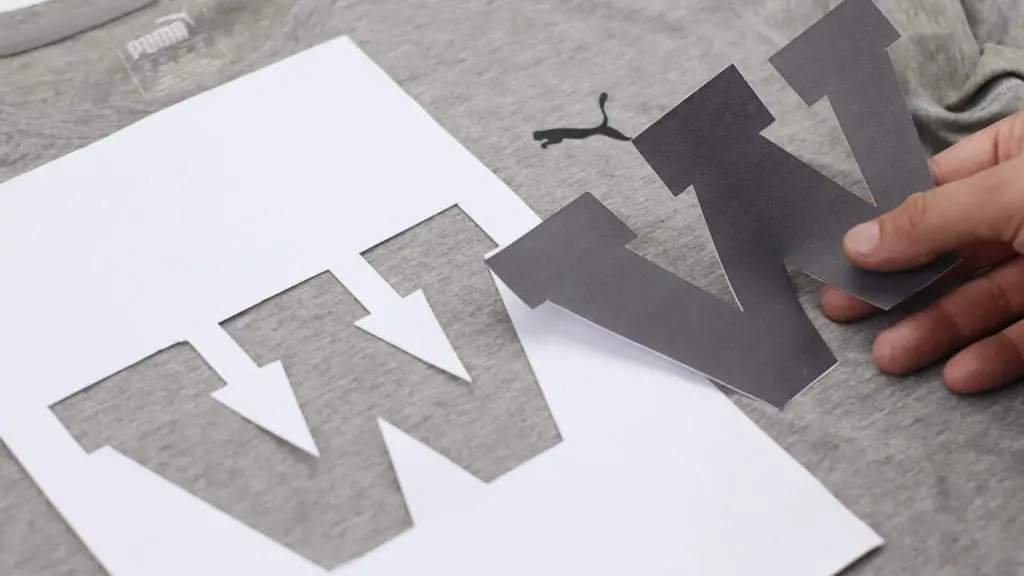
With the popularity of different types of art in recent years, we usually hear about the various kinds of design and techniques that artists develop so as to enhance their wonders and creativity. One of them is stenciling.
What is it? For one, stenciling is regarded as among the most effective and most used forms of graffiti. But there is more to it than meets the eye, literally.
What is Stenciling?

The tool that is used for stenciling, a stencil, is a device that is used in applying a design, pattern, and words on a surface. The surface typically comes in the form of a thin cardboard sheet, metal, or other types of material with which letters or figures have been cut out. It may also involve a coloring substance, such as an ink that is being brushed, rubbed, or even pressed onto the sheet, passing right through the performance and into the surface.
With this said, stenciling refers to the making of a positive image that comes out of a negative structure the moment paint is applied on the cut areas and into the surface below. When this happens, an image is formed. The technique of stenciling is an amazing way to make reproducible patterns of symbols that are identical, shapes, or letters in a precise and quick fashion.
The stencil has open sections, commonly referred to as “islands” that allow the color right through the surface beneath, while the “bridges” refer to the specific parts of the stencil which separates the islands, making sure that the paint is kept away from the surface while keeping the stencils’ shape.
Making a Stencil

Among the number of things that make stencils popular with artists is the idea that they are quite easy to make. As a matter of fact, a stenciled image may become very personal. With this said, the images produced may easily become the trademark of an artist.
Even though it may seem that there are a lot of things that can be created using a stencil, the reality is that they can become really creative. At times, several layers of aerosol or paint may be applied to the same image so as to create that illusion of depth. It depends on the artists whether to make a simple or complex stencil, depending on the dedication or curiosity of one in learning how a stencil is made.
Just like with other types of artwork, stenciling requires planning. It usually starts with deciding the size of your stencil, and the number of colors that you would like to use. The sheets for stenciling are typically made out of plastic, paper, metal, or wood, as well as foam board, cardboard, poster boards, as well as frisket film.
It is vital to decide on the material that you will use way ahead, prior to cutting an image from it. If you consider yourself as a beginner, you may want to stay safe by basing your image on an existing image or photo and create it manually or digitally. In this part of the work, it is important to define the edges well, including both dark and light areas, which will, later on, serve as the islands and bridges.
After getting your stencil image read, you can then print it out, attaching it to the stencil material. The tape is the preferred option of use. With this at hand, you may now cut the areas of the photo where you would like to see the paint. Here, you may use a ruler and a sharp knife for precision. Your stencil will be ready for use on a surface, which will, later on, become the home of your masterpiece.
You may want to tape it again to keep the stencil securely attached on the surface. Make sure that the material stays flat so that the image keeps its clear borders and shape. You can also use anything from roll-on paint to spray paint. If you have already decided on the design, and you want to test the technique out, you may want to use those pre-made stencils, both printable and downloadable.
Conclusion – A Modern Visual Language
Stenciling started off as a basic, simple form of expression, especially those who wanted to leave a unique mark on walls. In our modern times, stencils have turned into a method that is popular among many. One reason is its simplicity, but mostly because of its aesthetic appeals. This technique is currently going through development and further modernization, with appeals such as multilayering. This kind of art is currently being seen on street arts, galleries, and museum walls, serving as an urban art that confirms its position in the contemporary art world. With the amazing growth of popularity in stenciling, we can no doubt assume that stencils are going nowhere.
